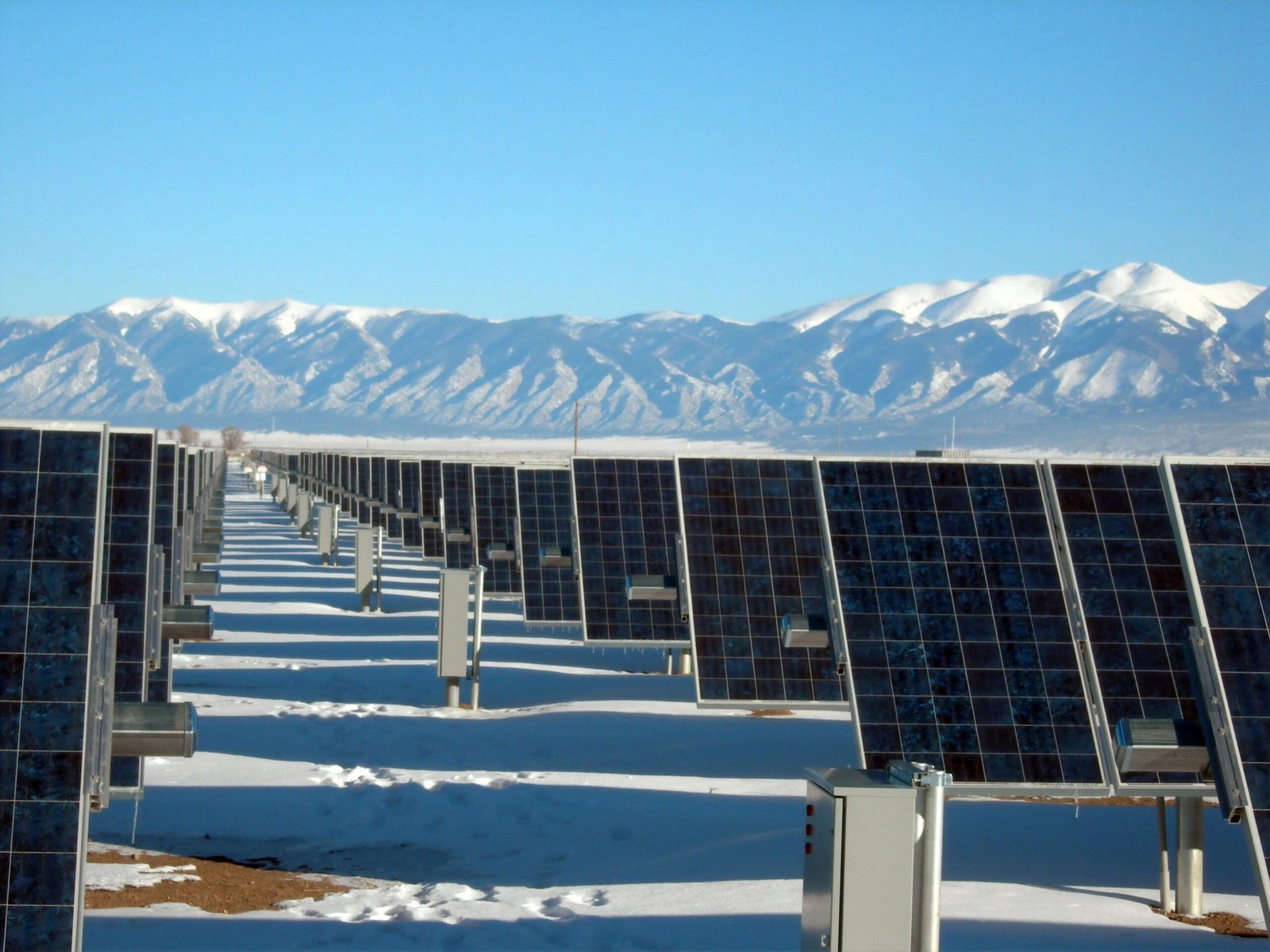This is just a drill. What is reassuring about the COVID-19 pandemic is the fact that we humans have prior experience of pandemics. We, as a millenia old global society, have learned from the suffering of so many before us, and can reason about the course of this outbreak as it traces the scars of pandemics past. It is this knowledge which allows our scientists to confidently inform our responses to the challenge we presently face. Contagion factors, mortality rates, exponential curves – these are all intuitive factors in the relatively straightforward science of viral transmission.
Despite this prior experience, and despite an intuitive and relatively simple mathematical foundation for modelling the impact of a viral outbreak, society has struggled to respond in a coordinated, cohesive and intellectually sound manner. And as such the disease has killed thousands, spread globally at a rate which continues to grow exponentially, and has caused economic damage running to trillions of dollars.
So what happens when the threat is not so simple? What happens when the threat is the uncontainable product of millions of complex system interdependencies each impacting one another to create, ultimately, a degree of climate change which threatens not just lives, but the very existence of life itself? The COVID-19 outbreak is just a drill. It’s a pop quiz in Disaster Response 101, and even at foundation level in the curriculum, mankind has shown itself to be unequal to the challenge. We need to learn from this, and fast.
The good news is that this drill has shown us that we can respond in drastic ways. A large proportion of the earth’s most active polluters are now polluting a lot less. We’ve struggled to get here, and we’re complaining a lot, but many are realising that life is possible without 20 flights a year, without consuming 24/7, without driving from place-to-place morning-to-night.
The other good news is that the earth is already responding in kind. This great involuntary ungrowth experiment is lifting the smog from cities, providing vital relief to a global urban populace facing a much greater threat to their aggregate health than COVID-19 represents.
That COVID-19 hit in the warmest year globally since records began makes it hard to argue against the narrative that mother earth is firing a warning shot across the bow of humanity. It has been suggested we humans are the virus, and COVID-19 is the vaccine. The efficiacy of this particular vaccine is going to be determined by our response to this crisis not now, but in the months and years to come as we face the choice to either return to our previous behaviours or to work aggressively towards a future in which the natural capital we deplete as we consume is valued at a fair price.
On a related note, as a leader I’m seeing confirmed what I think I already knew – my teams’ productivity goes up, not down, when meetings are kept to a minimum, when we all explicitly focus on being empathetic to the differing personal needs of our colleagues and when the unwelcome distractions of an office environment are removed. Of course we miss the social interaction, the banter and the after work beers, but we’re getting perspective on our day-to-day experience which will only help us improve in future.
Lead photo by Science in HD on Unsplash
